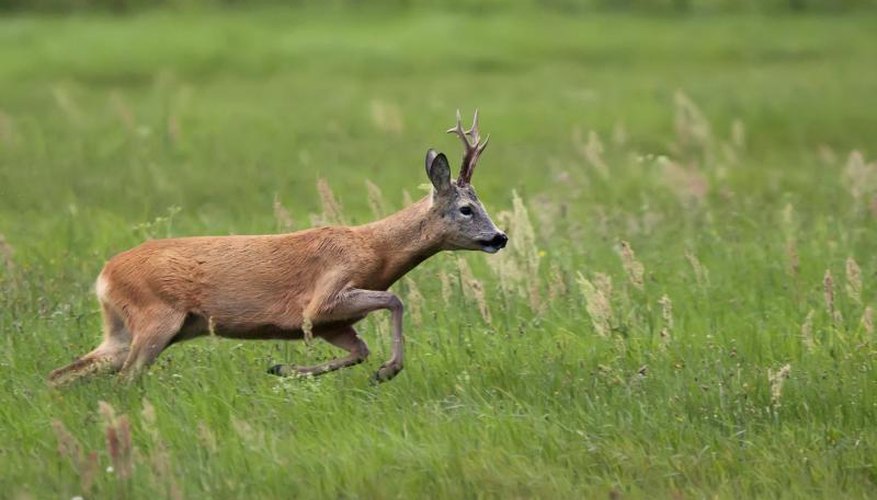
The best way to fend off a charging deer is to climb out of reach or use some type of barrier to protect yourself. Making yourself look big and intimidating also may deter the deer. If all else fails, you must go hands on, and try to secure the most dangerous parts of the deer. While deer attacks are relatively rare, they are powerful animals that can cause serious injuries.
Early in the Encounter
If you spot a deer while walking in the forest, stop and slowly back away. If you simply leave the area, you will likely avoid any altercation. Keep facing the deer if possible, as deer usually attack from behind.
Take to the Trees
Climbing a tree is a great way of avoiding a deer attack. You may have to be patient once you are up there, but the deer will eventually lose interest and leave you alone. If you cannot locate a climbable tree, try to use one as a barrier. If you cannot find a tree to use as a barrier, look for other potential shields, such as boulders or trail signs.
Be Big and Bold
If you are unable to leave or scramble up a tree, and an attack seems imminent, you must convince the deer that you are too dangerous to tangle with. You can raise your hands over your head, spread your jacket wide, yell and scream or wave a backpack around – anything that makes you look big and scary to the deer. If the deer charges, you must try to grab its most deadly weapons: the antlers of bucks or the front legs of does. Try to control the antlers or legs and keep them from striking your body.
Worst Case Scenario
If the attack knocks you to the ground, curl into the fetal position. Try to protect your face, neck and abdomen and wait out the attack. With luck, the deer will deliver a few blows, decide you are not a threat, and leave the area.
Seasonal Factors
Many deer attacks occur in the spring and fall. During the spring, does are extremely protective of their young. During the fall rut, hormone-crazed bucks become more aggressive as they pursue does and challenge competitors. If you must be in the woods during these times, be mindful of your surroundings and keep your distance from any deer that you see.
Extent of the Problem
Because deer are becoming increasingly accustomed to humans, and therefore losing much of their instinctual fear, and their populations have grown explosively without predators to cull the weak and sick, attacks on humans are becoming more common. According to the Virginia Department of Game and Inland Fisheries, at least 45 deer have attacked humans since 1988. Ten people have died in these encounters.



